- Breathing Light
- Posts
- Breathing Light Issue #50
Breathing Light Issue #50
Of Life-changing Journeys and the power of documentary photography

In this issue
My Artwork of the Week
Frontispiece
A new mile marker, a new corner on the road, a new website
Waiata mou te Ata-Cherry Blossom Song
Fevered Mind Links (to make your Sunday morning coffee go cold)
Endpapers
My Artwork of the Week

CBD, Wellington | Fujifilm X-100, 23/1.4
I only know how to approach a place by walking. For what does a street photographer do but walk and watch and wait and talk, and then watch and wait some more, trying to remain confident that the unexpected, the unknown, or the secret heart of the known awaits just around the corner.
-Alex Webb
There is a wonderful Maaori whakatuaki (proverb).
You may have heard (of) it.
Hutia te rito o te harakeke
Kei whea te ko(ri)mako e ko
Ki mai ki ahau
He aha te mea nui
He aha te mea nui o te ao
Maku e kii atu
He tangata, he tangata, He tangata, hei!
f you remove the heart of the flax bush
How will the bellbird sing?
If you say to me
What is the most important thing In this world?
I will reply to you
It is people, it is people, It is people!
When Maaori weavers are preparing their paa harakeke, the flax bushes they tend carefully since they are the source of the fibre they will use for their weaving, they take great care to ensure that the centre shoot is protected and cut particularly carefully since it is from these that the side shoots will grow.
One way of interpreting the whakatauki is that it is all about whakapapa, ancestry. The central shoot is the parents, and the side shoots the offspring. Without parents, the ancestral line will disappear. But, of course, everything has whakapapa. Everything connects to the earth, arises from the ground and eventually returns to it. So the bellbird, representing the song of life, cannot sing without the continuity of life.So it is with this picture, one I have come to love ever since I made it one (rare) sunny and windless day in Wellington (you knew I was going to try and get in a dig about Wellington's weather!).One of the secrets I learned at a week-long workshop with the Magnum photographer, David Hurn, was that the trick was to find the place, analyse and frame it, and then wait for something to happen. The picture he assured us we would be surprised at how often serendipity brought precisely the person we needed at the time.
The mantra he drummed into us was this:
"There are only two decisions in Photography; where to stand and when to push the button."He was correct.I was standing at the foot of the stairs near the town square, just by the Town Hall, looking up the stairs and admiring the light and the way it delineated everything. It seemed to me that the only thing missing was a human walking up the stairs. Wouldn't it be magic if somebody came along and walked up the stairs on the left side and made his way up the stairs? Through the pool of light on the first landing?Then I heard a light cough and sneakers scuffing on the pavement behind me. As I watched without turning around, a young man lost in his music strolled past me and made his way up the stairs. It was simply a matter of waiting for him to move into the pool of light and be ready to press the shutter: anticipation and execution.I think pure photography is like that. It's all about finding that perfect moment when all the elements of your picture are in balance and gently taking the moment to your heart.
Frontispiece

Dawn, Rawene, Hokianga | Nikon D810, Sigma Art 24-105/4
“The moon is a loyal companion.
It never leaves. It’s always there, watching, steadfast, knowing us in our light and dark moments, changing forever just as we do. Every day it’s a different version of itself. Sometimes weak and wan, sometimes strong and full of light. The moon understands what it means to be human.
Uncertain. Alone. Cratered by imperfections.”
― Tahereh Mafi
Atamaarie e te whaanau:
good morning everybody.
Finally. Issue number fifty.It has been a long time between drinks.One moon cycle ago, I left Te Ana-au on the full moon, and a few days ago, I returned just before the moon had grown full again. Thus I have spent 1/12 of the year, the raataka( the solar calendar, or 1/13 if you chose to follow the maramataka, the Maaori lunar calendar, on a Kaupapa wairua (spiritual mission). The point of my journey was to return an ancient taonga to where it belonged in the Far North. My tupuna (ancestors) instructed me to drive rather than fly, which, given the prevalence of COVID, I had no difficulty with. As well as my main mission, there were other side tasks to be carried out, some of which only revealed themselves along the way. Now, one month and 5500 km later, I'm back here in the south. For now.It was a life-changing journey in many ways. I attended an unveiling in Raetihi, visited the temepara (temple) at Ratana, and was blessed to spend time with a murshid, a Sufi master, in Wellington. Along the way, I kept meeting people who were going through big changes in their lives. At least two of them were packing up their lives on the North Island and moving south to begin a new journey. Others were changing careers or relationships or all of the above. Others I couldn't meet because they had contracted COVID and were self-isolating.It was also the third time in the last eighteen months that I've gone back to the Hokianga, where my whakapapa (ancestry) on my father's side is rooted. Apart from a gap of a few centuries, I can trace it back to an original ancestor who arrived with the great Polynesian explorer Kupe around CE 875. My tupuna are buried in the urupa (cemetery) at Pakanae, where Kupe's descendant Nukutawhiti landed hundreds of years later and began establishing the northern iwi Ngaapuhi.This time the experience was different. Everybody who knew me from my three years up there welcomed me. Comments along the lines of "so you're finally coming home then" came from everybody I met. Everybody. Including a Kaumaatua friend who bluntly told me "it's time for you to come back, to come home. There is work for you up here."I have been reflecting on that ever since.
A new publishing platform
By now, it may have occurred to you that the newsletter looks a little different. Not the usual Breathing Light of the last forty-nine issues.Please let me explain.The last few issues have presented difficulties, often because of outages at Revue and formatting, which didn't always work. Sometimes it has been a significant arm wrestle to get an issue out. Then, when Elon Musk purchased Twitter, which owns Revue, I started looking elsewhere for something better and more reliable. Support has become almost non-existent, probably because most of the staff have been fired, and it is limping along. Rumour has it it will disappear at the end of the year. For that reason, I have moved to Beehiiv, which has everything Substack and Revue have and more. It has taken some time for me to get my head around it and how it works; however, I've found little to dislike so far. Actually, nothing.
This, then, is the first newsletter sent using the Beehiiv platform. Expect the formatting to shift slightly for the following few issues as I get more confident using it. And, if there's anything you'd like to see, drop me a line and let me know. And, of course, if it doesn't work, do let me know that too.

Urupa, Paakanae | Samsung Galaxy Note 5
What is your favourite/best picture? The answer may surprise you (it did me!)

Kerry and Caroline, Ohai | Fujifilm X-H1, XF 16-55/2.8
“We are who we are in large part because of where we are and when we are. But lives of courage and consequence remap the locus of spirit and possibility for generations to come.”
-Maria Popova
A week or two back, my fiancée, Sarah, and I were talking."Now I would like to ask you a question, Tony Bridge. What do you think is the best picture you've ever made?"I thought about it for a couple of minutes while I was casting my mind back through my mental Rolodex of the approximately 4-500,000 images that I have on my computer, looking to see which one would come up. Given that I've created several bodies of work over the last fifteen years or so, it could have been anything, and I was expecting it to be a landscape from one of the many places I've travelled.What came up surprised me.
It is the picture at the top of this section, a simple enough photograph made back in 2019 but one which speaks to all I hold dear and my own values. Would I frame it and hang it on my wall? Probably not. Would I love to see it in a book of stories about ordinary people, about all those people who fly under the radar, caring for and keeping our communities running and doing the best they can with what they have and who they are?Absolutely.I knew I had written a blog post about it on a website that I took down a couple of years ago. Fortunately, it was easy enough to find. Did you know that there is an archive of every published website where you can go back and look through it? Nothing on the Internet is ever lost. Or forgotten.I've downloaded the text of the blog post to share with you. I thought you might enjoy it.
Oh, and I have a question for you.
What is the best picture you have ever made?What is the picture that talks to your heart?
The mission of photography is to explain man to man and each man to himself. And that is no mean function.
Every so often, usually when my back is turned, the Universe comes along, gives the Dreamy-Artist-Me a jolly good slap, and reminds me that the real power of photography lies in its ability to document the human condition. And maybe make a difference.
A job came in. We want you to go down and photograph a wananga (workshop) in Mataura.
Sure. I can do that. What is the wananga?
O, it’s about helping whaanau (families) develop a maintenance plan for their whare (houses). We will send you a run sheet.
Sure.
So, early one morning, while the birds were getting around to thinking about maybe getting out of bed, I drove south down to Mataura.
When I got there, I wasn’t sure what to expect, but It felt like a challenge to step back into a documentary frame, to be of immediate and useful service.
The wananga settled in, and I fell into its rhythm. The people there were all from the bottom of the social ladder, people doing their best to make the most of the little they had. Their homes were in dire need of maintenance. One of them told me how she had inherited hers from her recently passed mother. She felt an obligation to do it up, and make it beautiful for her children when her time came. She told me that when she moved in, it tipped her into a deep depression.
“I just sat and looked at it for months,” she said. “It needs paint, a new roof and barge boards, and the plumbing is f*%$Ed in the back. And how am I supposed to do that on an invalid’s benefit?”
I understood. After spending a year on the dole myself, I knew that $220 a week goes less than nowhere. A $4 cup of coffee is an impossible luxury.
And yet the initiative she was part of was a fabulous one. Using targeted funding, the programme sent in the experts and tradies to do a serious analysis of the property and work out exactly what needed doing, then help them to prioritise repairs and maintenance. If they required insulation, someone would help them fill in the necessary application forms to install it.
I looked over their shoulders as they were encouraged to imagine their dreams for the property on large sheets of paper. I saw words like ‘decking’, and ‘warm’ and ‘dry’ and ‘no leaks’. Simple things that better-off people with their own homes take for granted. For them, these were things sometimes beyond reach.
We stood around at morning tea, while they talked and I listened.
“ You know,” one said, “ at least we have our own homes. We’re not living in garages or cars.”
The others murmured in grateful agreement.
I was starting to get angry. I was thinking of the self-satisfied mealy-mouthed hypocrisy of politicians and the well-off. And I remembered a man who, two thousand years ago, preferred to hang out with tax collectors and prostitutes rather than the holier-than-thou Pharisees.
Then I realised that I could complete the brief, photograph the wananga and drive home. It would be enough for me to say “ job done” and send in the bill.
Only it wasn’t and I couldn’t.
I needed to do more.
I broke in briefly.
“ I would love to come round and see you in your homes and make some photographs of you and what you are trying to achieve. Please let me know if you are OK with that.”
Three of them agreed.
When the workshop was over, I followed them home.
The first one lived in an original settler home, one of those ugly cold 19th-century homes built to face the street, which were all about status and being gentry, all the things the working-class immigrants could never have back in the Old Country. A grand entry to the street (never the sun), and a long hall with a 12ft stud. Cold, draughty, and impossible to heat in winter. She would never get underfloor insulation because the house had been built directly on the ground. A giant logburner kept the lounge and kitchen warm enough, but I could only imagine what it must be like in the winter, with no ceiling or wall insulation.
My second visit was to a solo mother was living in a large art deco home with a colossal coal cellar, a relic of days when coal was cheap, of good quality and readily available. I noted the lichen on the north/sun-facing window sills. She had four children under 9, one of whom was autistic. And your taane? O him. No, he doesn’t want anything to do with them.
I see I thought to myself. A taane happy to put the tamariki there but not to pick up the responsibility for his actions.
However, she was proud, so proud of her home. She had plans for painting the outside of the house and moving the bathroom with its wallpaper hanging in strips, peeled off by the damp of a Southland winter to the coal cellar.
Then it was time to drive an hour across Southland to Ohai and visit Caroline and Kerry. The day was gloomy and getting gloomier, and it matched my mood.
Nightcaps, a former coalmining town, is away on the edge of civilisation. Kiwis make jokes about Nightcaps. If the Earth truly is flat, then Nightcaps is perched on the rim of the world. Ohai, another 8km further on, seems to have fallen off the edge.
I stopped in the main street, got out and looked around. A real case of arrested ribbon development. The pub had long since closed, there was no shop, and the houses, mostly miner cottages, were grey and dilapidated. The landscape was an ugly mixture of regeneration and overplanting, of wilding pines and indifference.
I pulled up to their driveway, and Kerry was waiting. I looked around and saw a place beautifully-kept. The lawns were mowed, and there was a lot of upcycling going on. There were containers for shrubs and fruit trees. There were carefully-stacked piles of recycled timbers. There was hope.
“ Come in,” he said, “and have a coffee.”
He led me into their small kitchen and lounge. Caroline, his partner, came in a few minutes later, and we all sat down to talk. As Maaori do, we discussed our whakapapa. It turned out she was a Dunne from Panguru.
“ I guess that makes us whaanaunga (related), “ I replied.
“Probably,” she said. A connection had just formed.
“Do you mind me asking about your arm?” I asked Kerry. His left sleeve hung from his shoulder.
“O that. A motorcycle accident 31 years ago.”
“So, you built all this with one arm?”
He grinned.
“ You place is lovely,” I said. “It’s so warm and cosy.” There were pictures on the walls, rugs on the couches and shelves full of books.
“ It has taken us a while to get to this,” he said.“ It’s not flash in winter. The wind pours through the walls. There’s no insulation in them. And in winter we don’t get around without shoes on. The floor is too cold. The fire runs all winter, but there’s no shortage of firewood around here.”
“ If you dont mind me asking, why did you decide to live in Ohai?”
“It’s all we could afford, but we like it here. It’s nice and quiet.”
I sensed acceptance, and from that quiet joy.
They took me around the property. They showed me their bedroom with its bare, unpapered boards. They pointed out how, in winter, the black mould crept up the walls while the water poured down them. Their bedroom was a shed which had been tacked on the back of the house. Directly underneath it was the septic tank.
Then they took me around the back of the house and pointed out the rotting wallboards. In an attempt to stop the wind getting in around the aluminium window frames, they had filled the gaps with polyurethane foam. That hadn’t worked so well.
As we squelched over grass which was already wet (winter hadn’t yet come), Caroline told me about how they were coping on invalid’s benefits.
“We are pretty self-sufficient,” she said. “We have chooks and a big vege garden. That feeds us most of the year.”
“So, what is next?” I asked.
“Well, we want to put lino down in the kitchen.”
Kerry pointed to his remaining right hand.
“I am not sure how much more I will be able to do. The surgeon says I have to be careful. I only have a few nerves left in my hand.”
I tried to remain bright. Inwardly I was weeping.
“Let me make a photo of the two of you.”
I made a lot.
Then it was time to leave and take the long road home.
“Come and see us anytime,“ Kerry smiled. "Now I had better go feed the chooks.”
I wept most of the way back.
Waiata mou te Ata-Homecoming Song

Audrey III | Samsung Galaxy Note 10+
"Every day is a journey, and the journey itself is home."
– Matsuo Basho
Homecoming Song
And when I return and turn in
to my open-mouthed, waiting four-wheel-wheel driveway,
and furl the wings of a miracle moonmonth moth's pinioned journeying,
my warrior exhaustion peering out through greyed castle wall eyeslits tells me
things have been happening behind my back.
The potholes have filled themselves with gleaming, fresh-faced stones
that scurry and scuttle furtively to one side from my tyres' approach.
Emboldened by my premeditated plotted absence,
weeds of no particular pedigree or class have returned to my flower garden,
waving their full-bodied seed heads in the wind,
in joyous triumph at getting one over on me.
The foppish, pansified irises have tired of my inattention and absence,
thrown off their coat of many colours,
and swanplanted off to have an affair with the rest of the year.
Even the hydrangeas, which I pruned to within a bud of their lives,
have taken it upon themselves to rebel and dress up for the season,
to garb themselves in abundance and life.
And when I enter a house full of freeze-dried time,
Audrey, my aloe, is reaching out bony, serrated fingers in gaunt accusation.
Well, where the hell have you been?
And, since you're here (about time, too)
I could use a drink.
Couldn’t we all, I sigh,
Couldn’t we all?
Fevered Mind Links (to make your Sunday morning coffee go cold)
End Papers

Lifting the haangi, Mitimiti, Northland | Samsung Galaxy S6, 1/500s @f1.9
"We must become bigger than we have been: more courageous, greater in spirit, larger in outlook. We must become members of a new race, overcoming petty prejudice, owing our ultimate allegiance not to nations but to our fellow men within the human community."
― Haile Selassie
On Christmas future (in a couple of weeks)
A sobering thought.Did you know that this time of the year is when suicide rates spike?For many people, Christmas is a time to dread when they are on their own, obliged to face an enforced shutdown. It is a time without friends or family, of considerable loneliness, with nobody to share what should be a joyous time. Small wonder then they decide to opt out from life.I know something about this. I have spent several Christmases on my own, wishing I had somebody to share it with. Just hoping it would pass quickly. Last Christmas was looking just like that when I had a brain flash. So why not turn it around? Why not have Christmas dinner with somebody in the same boat as me? Why not put on Christmas for another soul who would feel the same as me?I invited a friend I knew would be on his own, cooked dinner for us, and we had a fabulous day. This year I intend to do it again.And I'm looking forward to it. They get to eat my cooking without being able to run away!You might consider making an extra place at your table for somebody who would appreciate having Christmas with a real family. It might be life-changing.And here's another thought.Instead of spending a small fortune on Christmas presents, why not do something that will help another person?I received an email today from the Fred Hollows Foundation asking me to chip in twenty-five dollars for an operation to help restore someone's sight. Being a photographer, and realising the importance of vision to be able to do it, struck me as a great way to give back. In addition, if you donate twenty-five dollars, Specsavers will match it, meaning that two people will be able to recover their sight. Win-win, I would say.Here's the link.
As always,
keep safe and be kind to each other.
He mihi arohaa nunui ki a koutou katoa
much love to you all



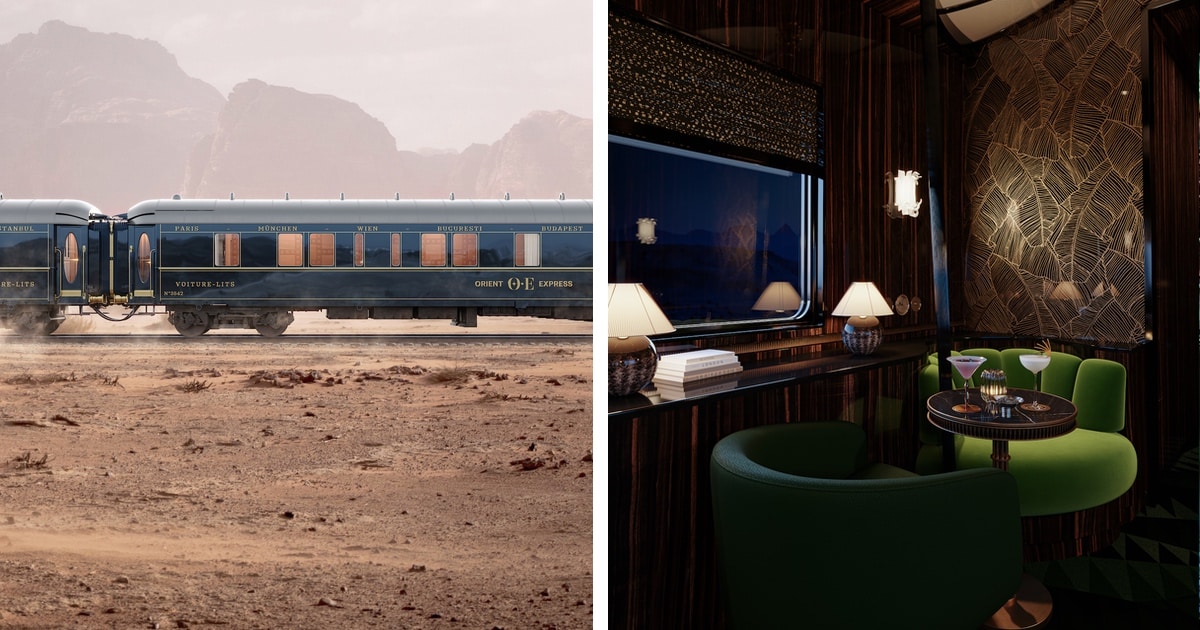
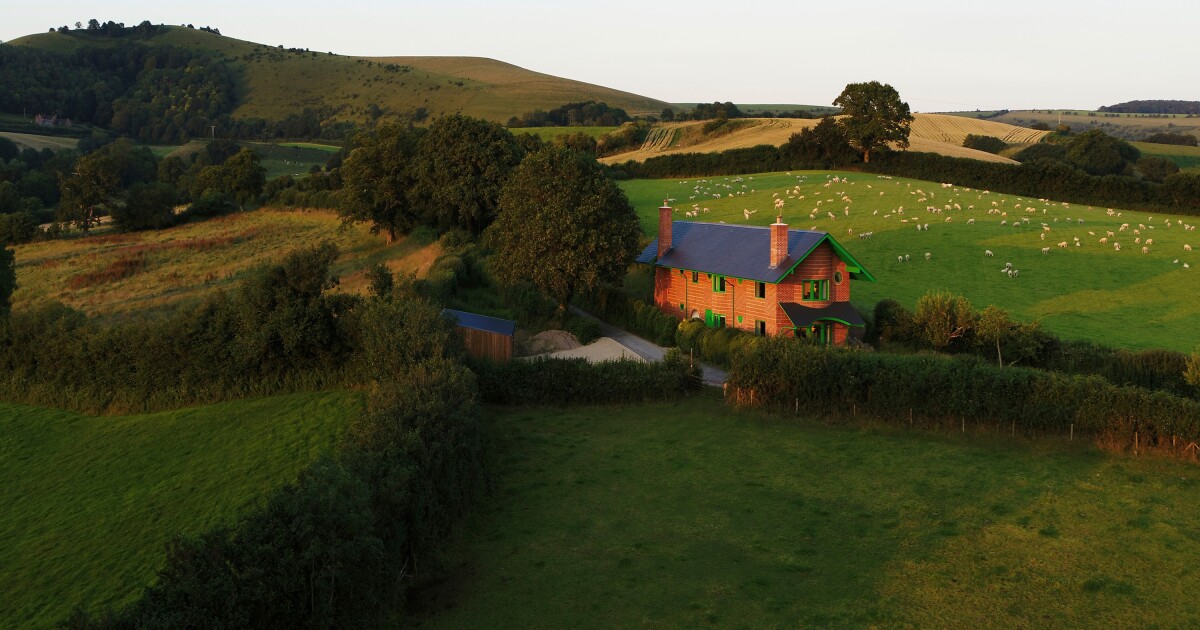

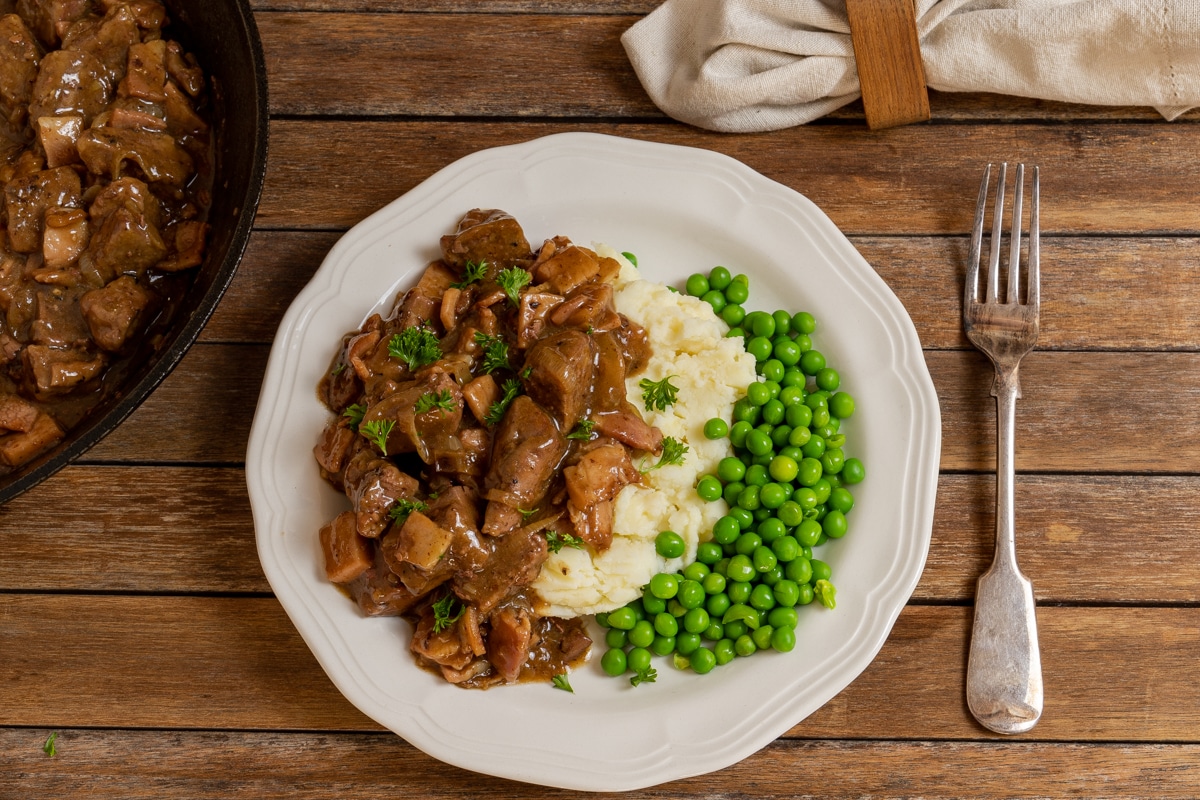
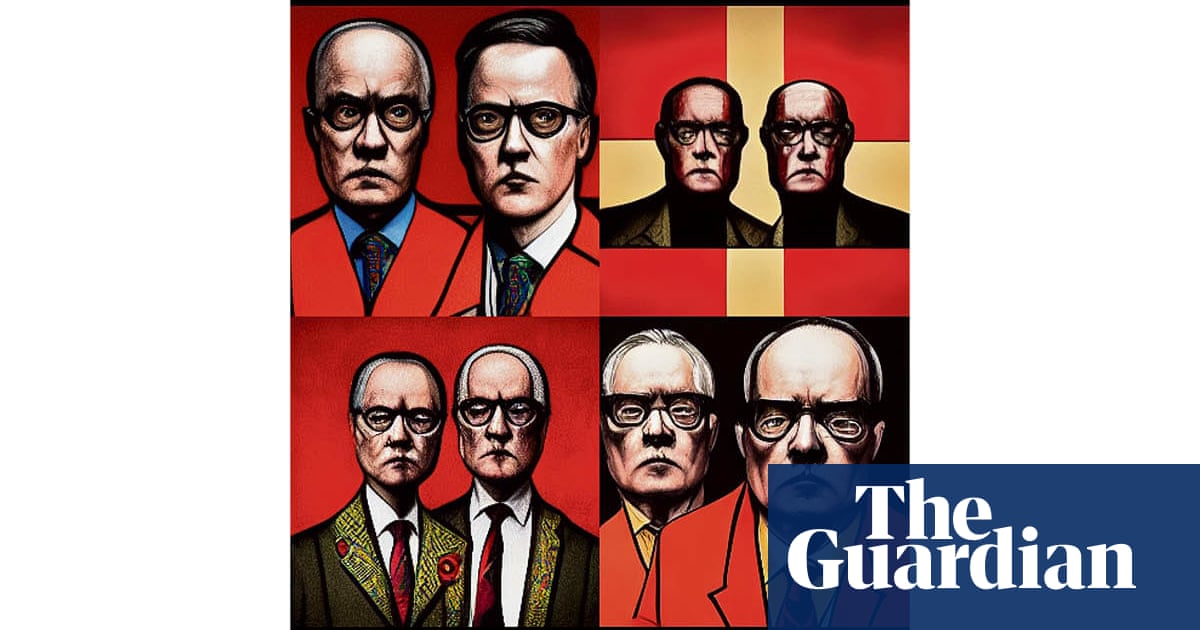

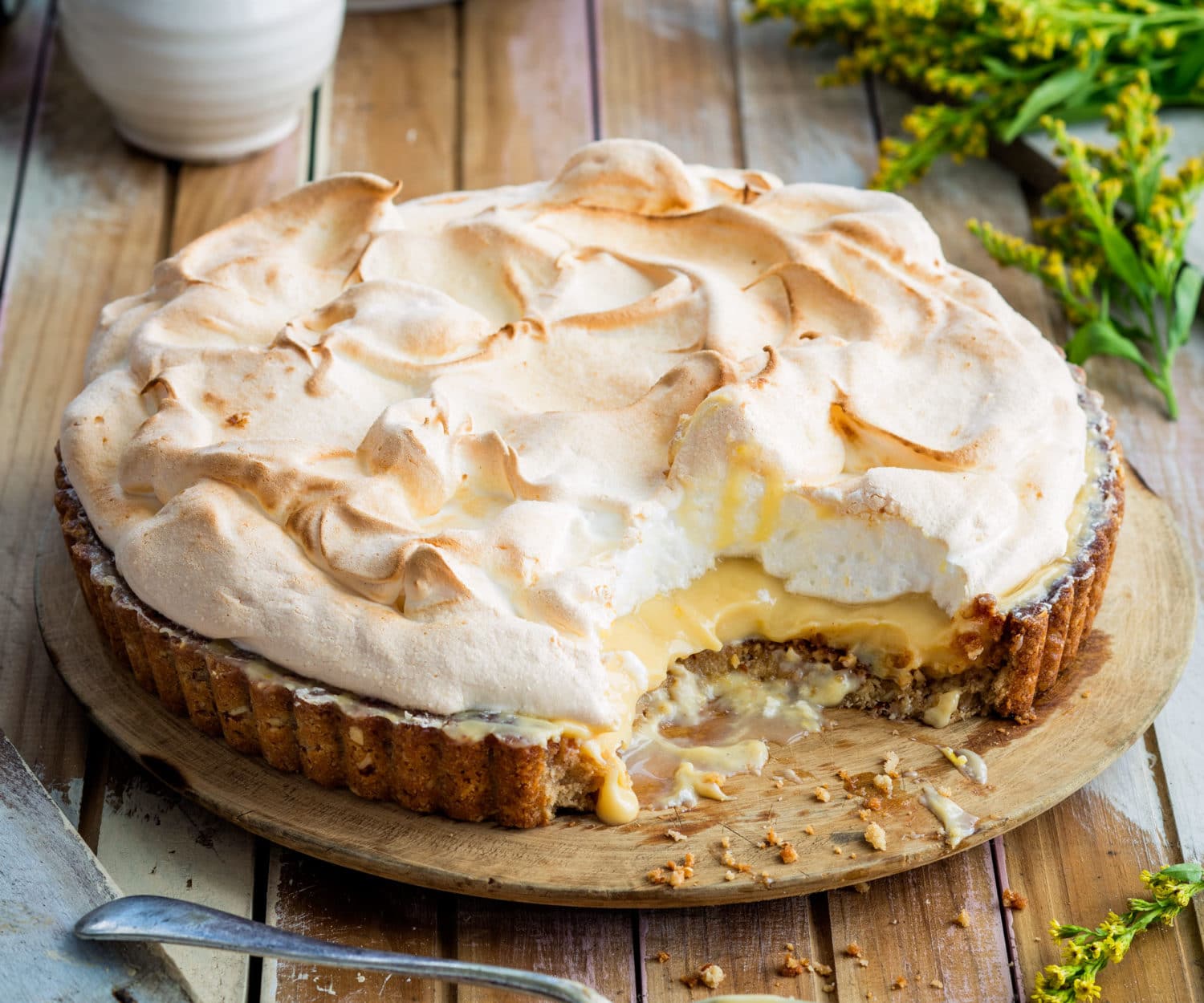

Reply